Can You Press Fall Leaves: Methods For Pressing Autumn Leaves
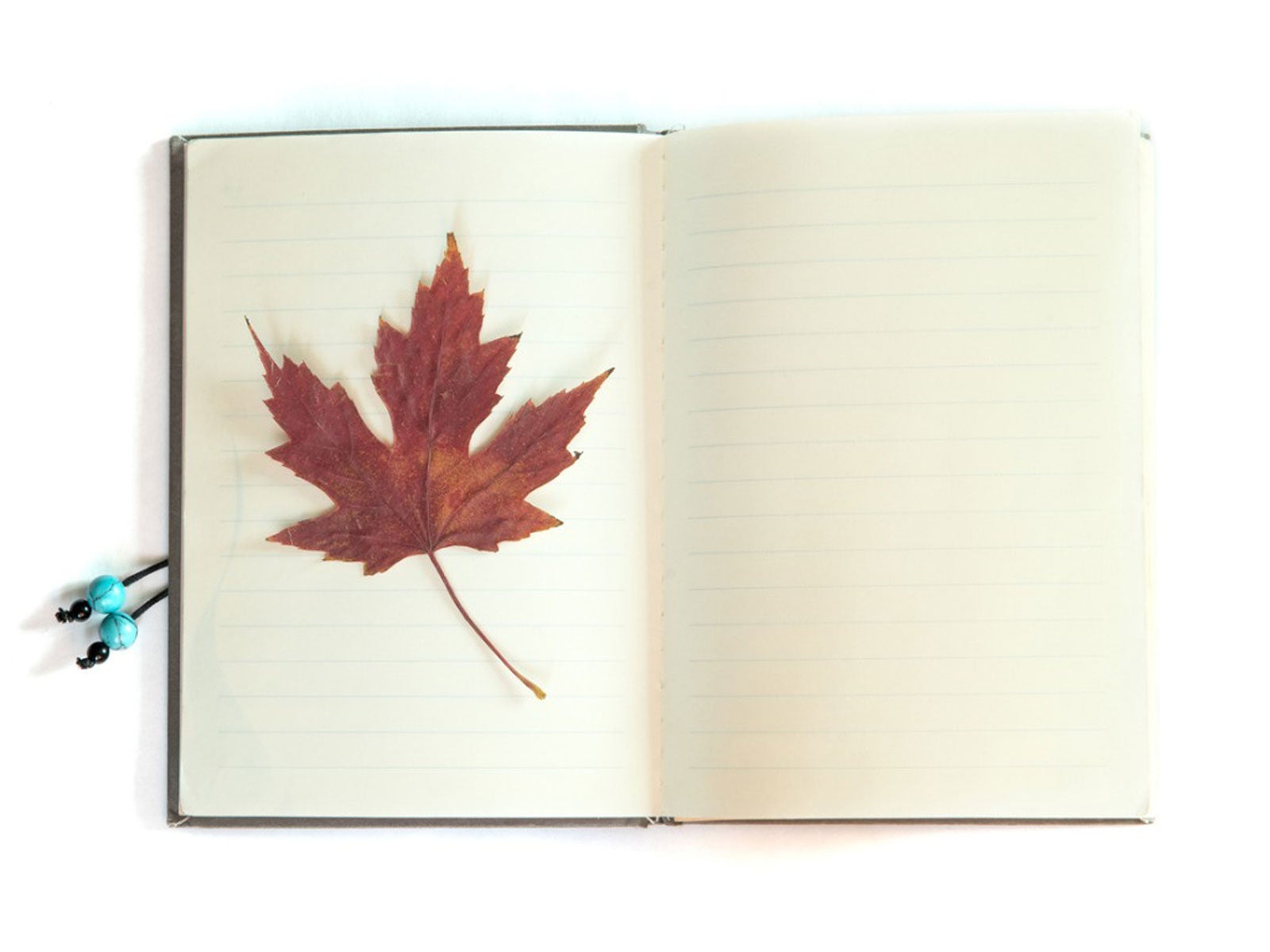

Preserving leaves is an old pastime and art. The striking colors of fall are in particular demand when it comes to saving leaves and creating beautiful works. Pressing flowers is more common, but to create spectacular fall displays, consider pressing autumn leaves.
Can You Press Fall Leaves to Preserve Them?
Pressing flowers is an ancient art that preserves delicate beauties of nature. The same strategy works with leaves. If you have pressed flowers before, you know that the colors may not remain quite as vivid as with other flower drying methods, but you’ll still get rich, stunning color for fall displays and artwork.
As with flowers, leaves can be preserved through pressing because it removes moisture. Without the moisture, the once living material will last much longer. A fall leaf will dry out without your intervention, but it will also curl and crumble. Pressing keeps leaves flat and intact as they dry.
How to Press Fall Leaves
There is no one best way to press fall leaves. It’s an inexact science, so decide which works best for you by trying out different methods:
- Pressing with weight - This is the simplest way to press leaves. Simply sandwich the leaves between newspaper or waxed paper and place something weighted on top of them, like a pile of books.
- Use a flower press - You can also buy a simple piece of equipment that is designed for flower pressing. Presses may vary by design, but all have some type of mechanism for tightening to press the leaves or flowers tightly between two boards.
- Iron leaves - You can also use a quick method to dry and press leaves. Place them between wax paper sheets and use an iron to flatten and dry them. Iron one side of the waxed paper sandwich and then flip over and iron the other side. Not only does this dry the leaves, but it also creates a light layer of wax on them, for even better preservation.
After pressing, or as an alternative to pressing autumn leaves, there are methods to preserve them for even longer. For instance, you can dip them in glycerin. Look for it in a craft store and follow the instructions. Glycerin preserved leaves are more flexible, so you will be able to use them for a greater variety of crafts.
Gardening tips, videos, info and more delivered right to your inbox!
Sign up for the Gardening Know How newsletter today and receive a free copy of our e-book "How to Grow Delicious Tomatoes".

Mary Ellen Ellis has been gardening for over 20 years. With degrees in Chemistry and Biology, Mary Ellen's specialties are flowers, native plants, and herbs.
-
 12 Lush Alternatives To A Lawn For Sustainable Spaces
12 Lush Alternatives To A Lawn For Sustainable SpacesAlternatives to a lawn are beautiful and also beneficial to your local ecosystem and its pollinators. Explore our top picks for plants to replace grass.
By Tonya Barnett
-
 Types Of Tomatoes Explained: Explore The Many Wonderful Shapes, Colors, Flavors, & Best Uses
Types Of Tomatoes Explained: Explore The Many Wonderful Shapes, Colors, Flavors, & Best UsesThe world of tomato varieties is vast and fascinating. Learn about the key types to grow in your garden, tailored to your preferences and space.
By Amy Grant
-
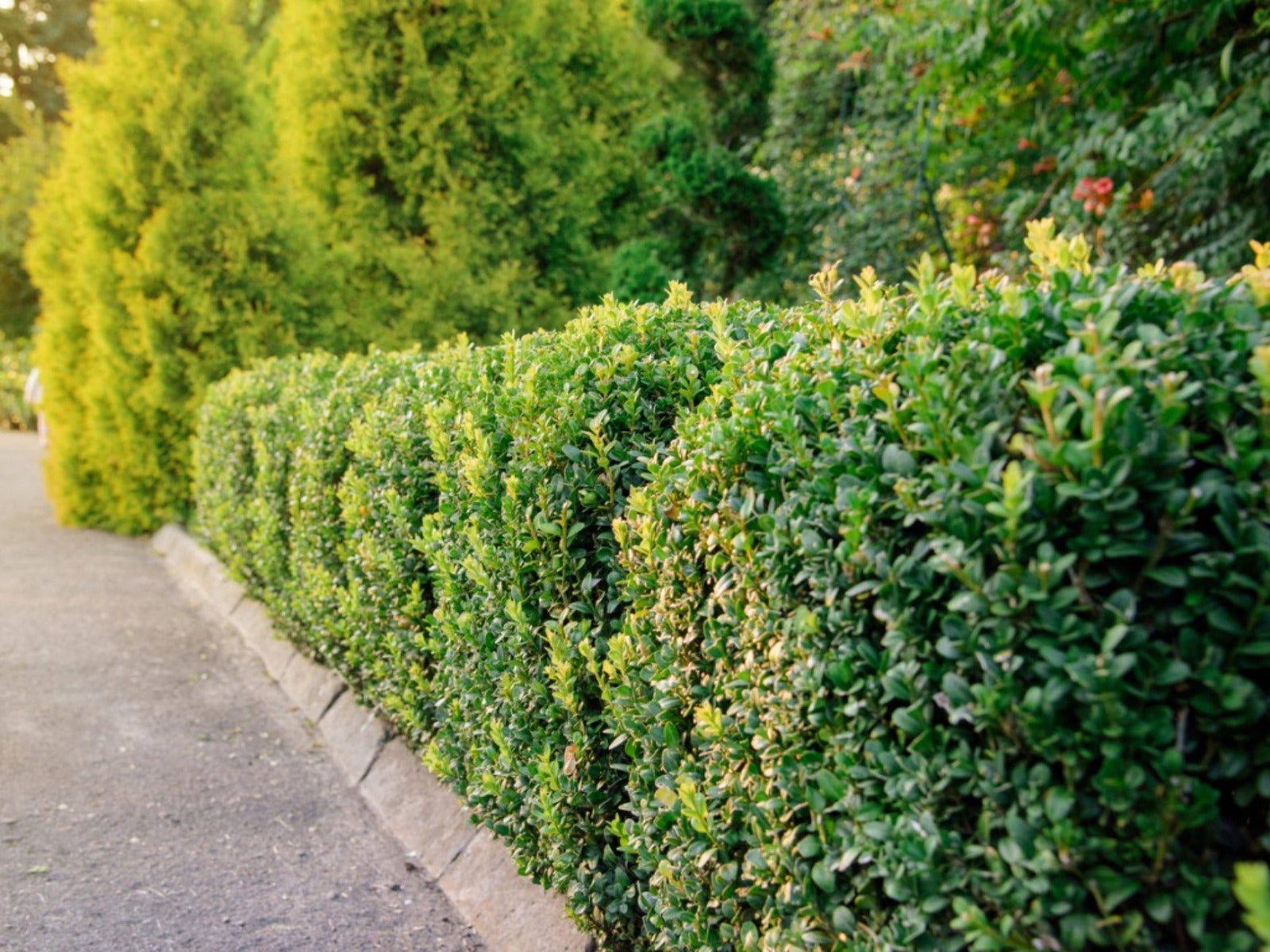 Best Plants For Evergreen Hedges
Best Plants For Evergreen HedgesEvergreens make the perfect hedge for screening, and there are so many to choose from. Read on to learn all about them.
By Amy Grant
-
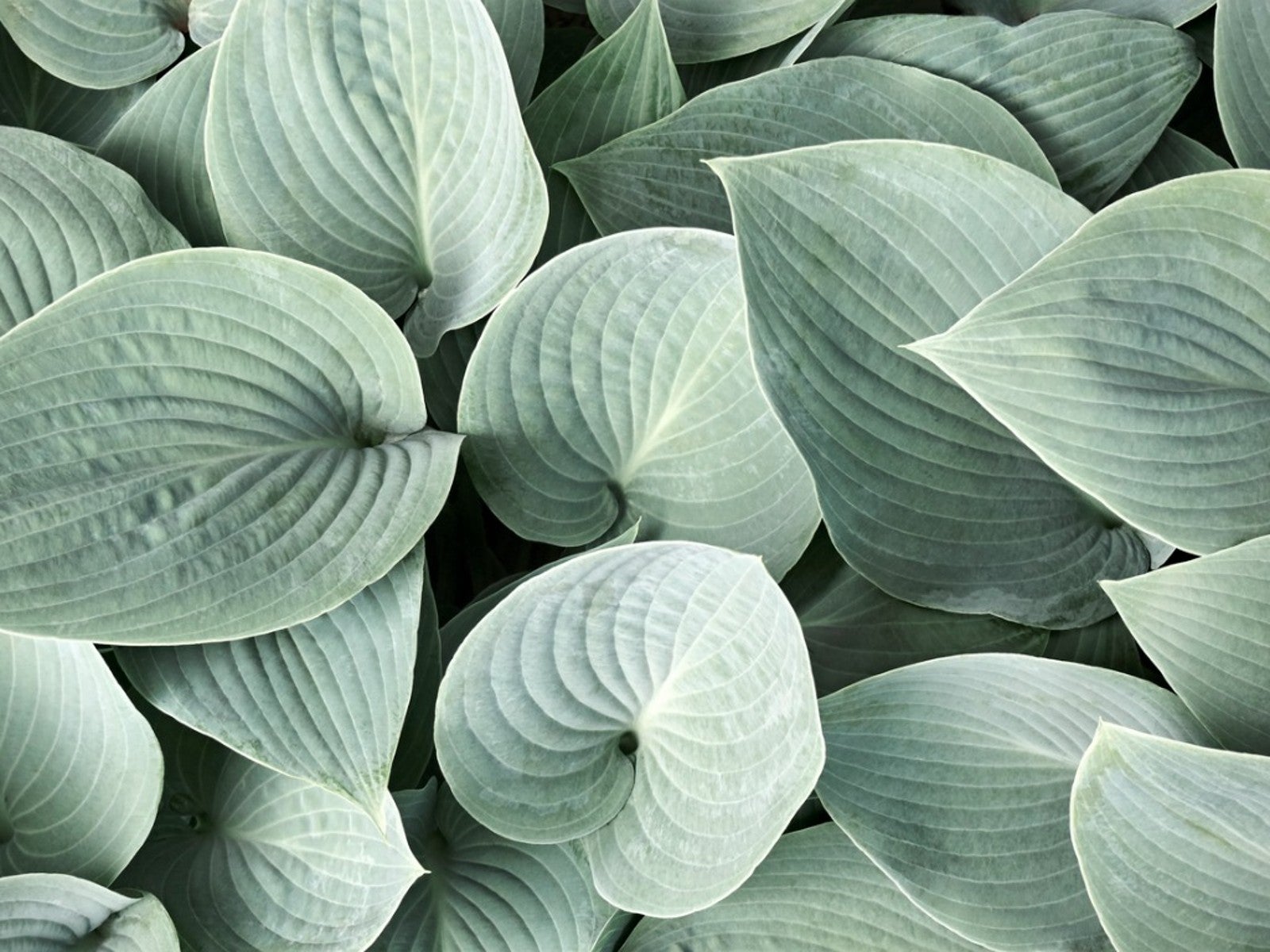 Creating A Pastel Plant Aesthetic With Light Colored Foliage
Creating A Pastel Plant Aesthetic With Light Colored FoliageClick here for ideas on plants with pastel colored foliage.
By Susan Albert
-
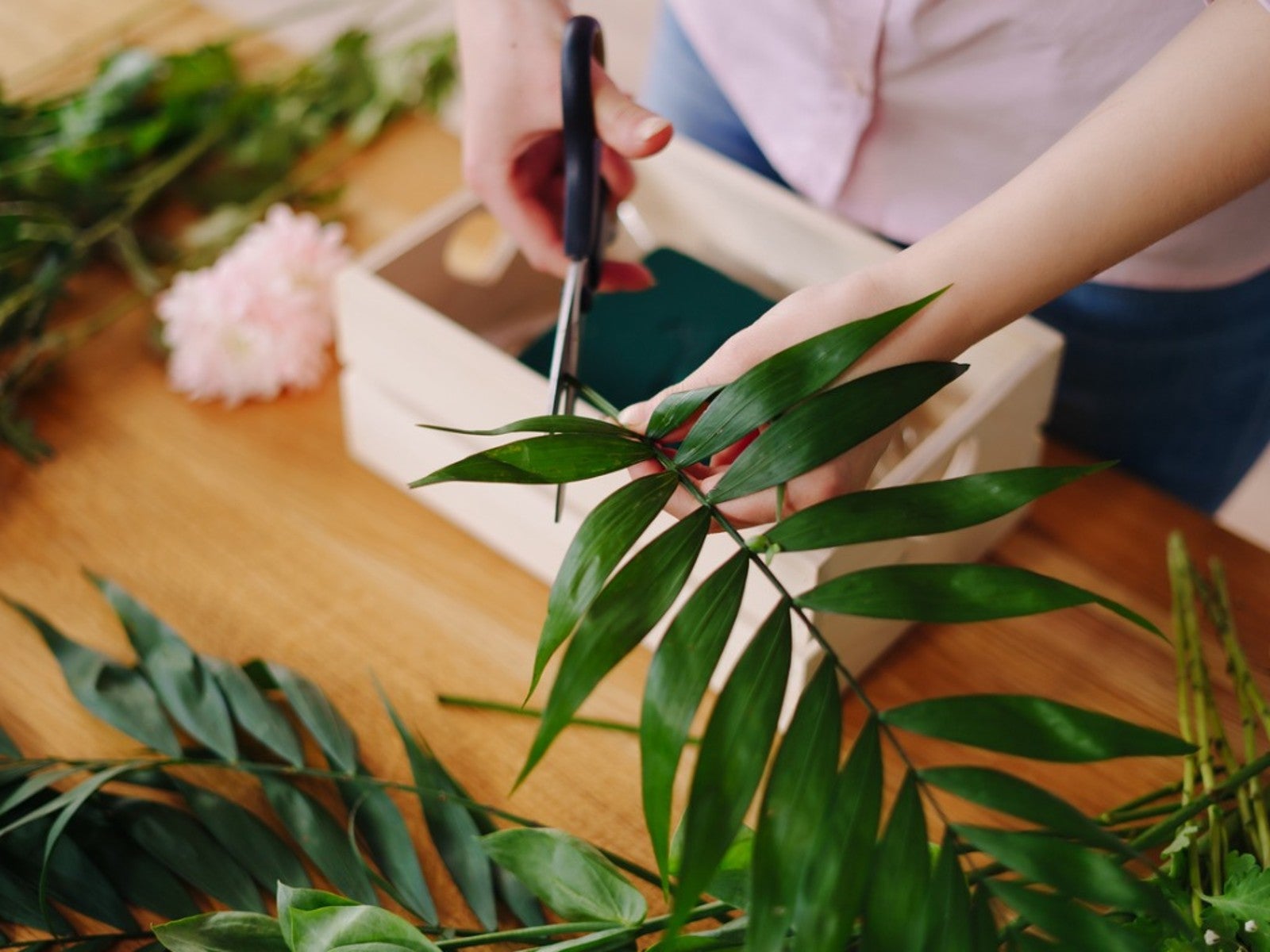 Dark Green Foliage For Flower Arrangements
Dark Green Foliage For Flower ArrangementsThe creation of your own fresh flower arrangement is a fun and exciting garden project. Click here to learn about common foliage options for flower arrangements.
By Tonya Barnett
-
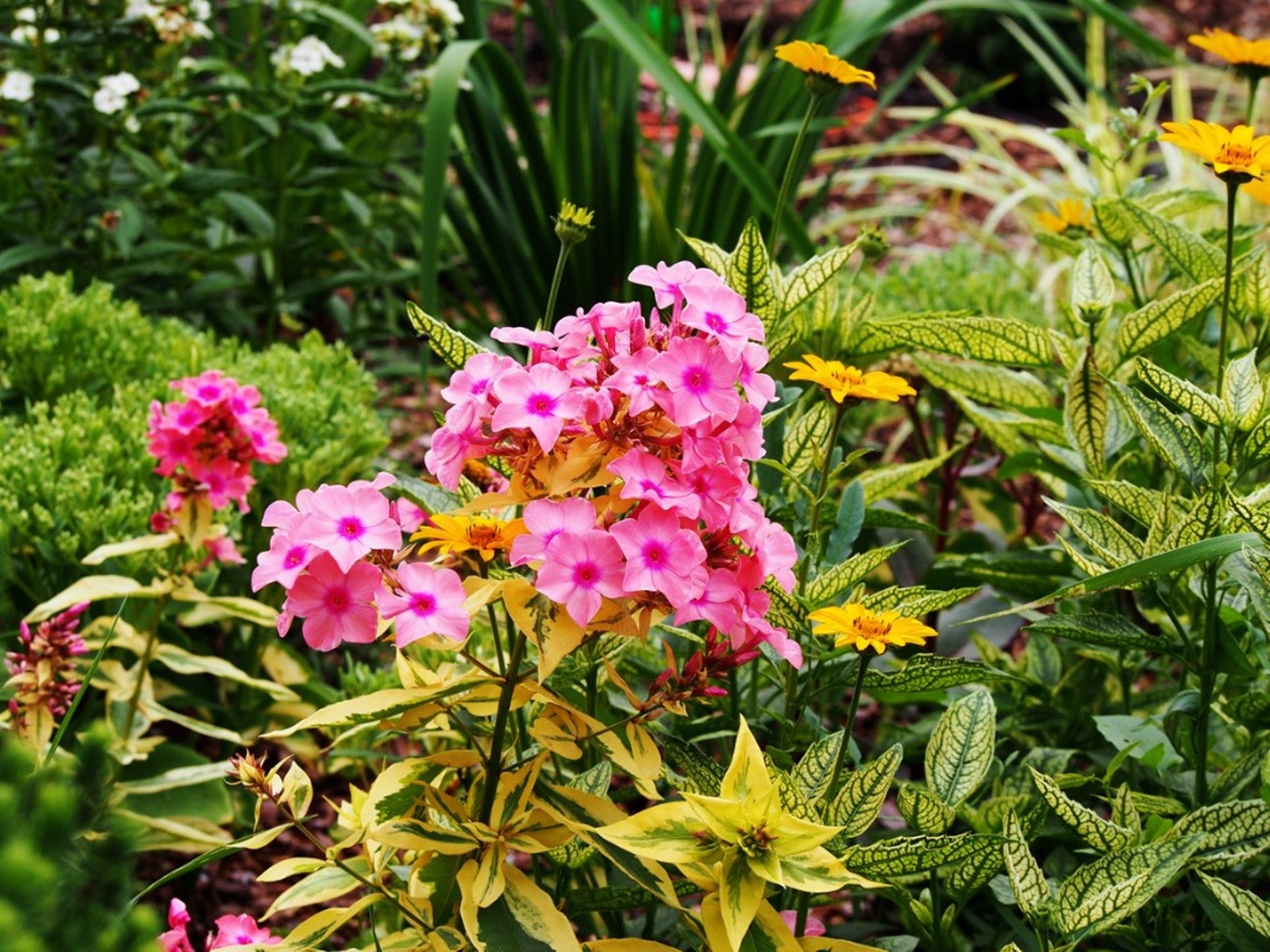 Fabulous Flowering Plants With Variegated Leaves
Fabulous Flowering Plants With Variegated LeavesGardeners often choose variegated leaves when they don't have flowers. But why not have both? These variegated flowering plants do.
By Mary Ellen Ellis
-
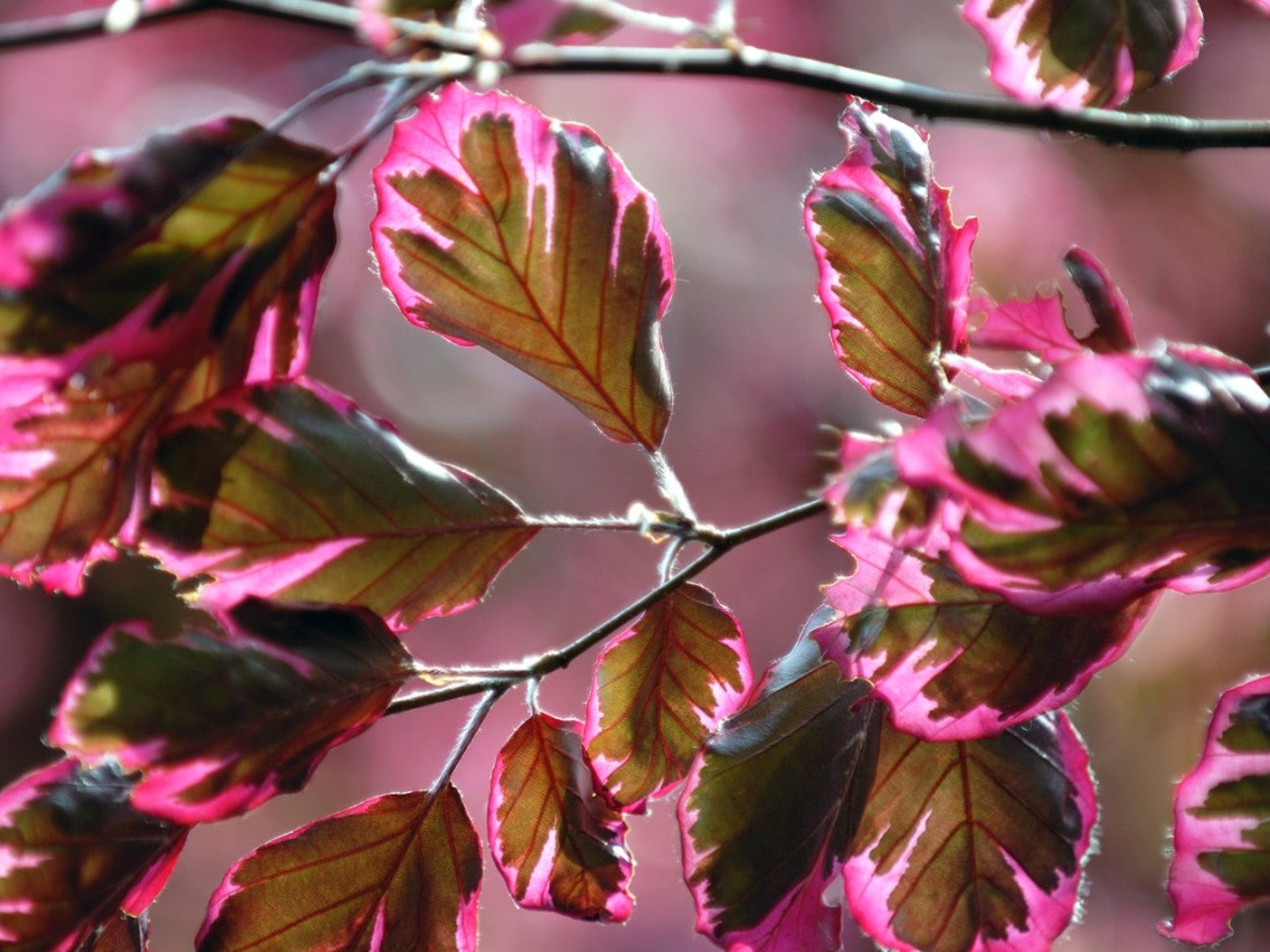 5 Unique Pink Plants - Outdoor Plants With Pink Foliage For The Garden
5 Unique Pink Plants - Outdoor Plants With Pink Foliage For The GardenPink foliage plants are truly unique. They add unexpected, eye-catching color to landscaping and beds. If you’re looking for a plant that has princess-pink leaves, green with pink variegation, or deep rose hues, these five examples will do the trick.
By Mary Ellen Ellis
-
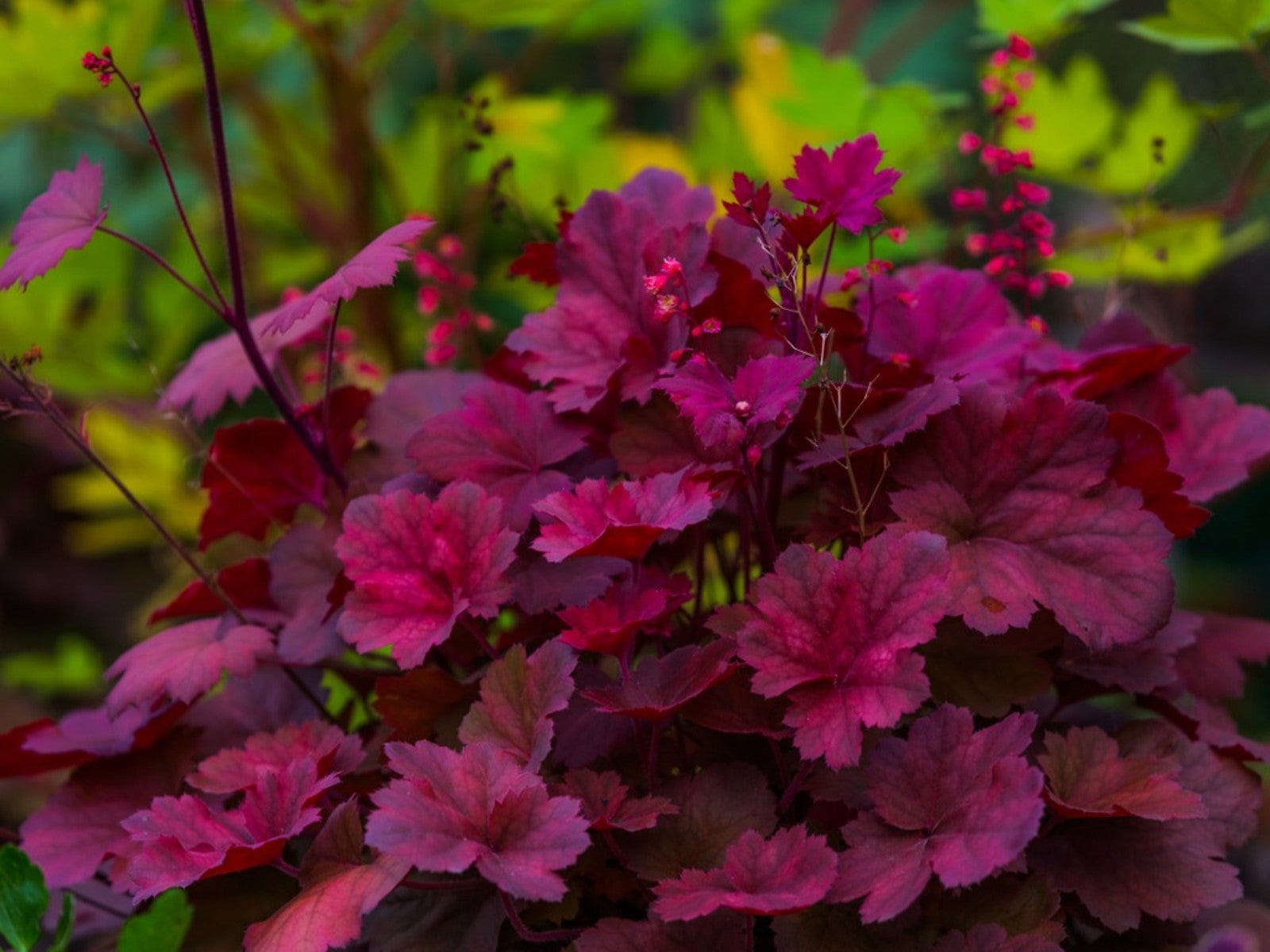 Add A Pop Of Red To Your Garden Bed - 5 Plants With Fabulous Red Foliage
Add A Pop Of Red To Your Garden Bed - 5 Plants With Fabulous Red FoliageThere are plenty of red foliage perennials and shrubs to use as accents or primary pops of color in the garden. Read on for our top 5.
By Amy Grant
-
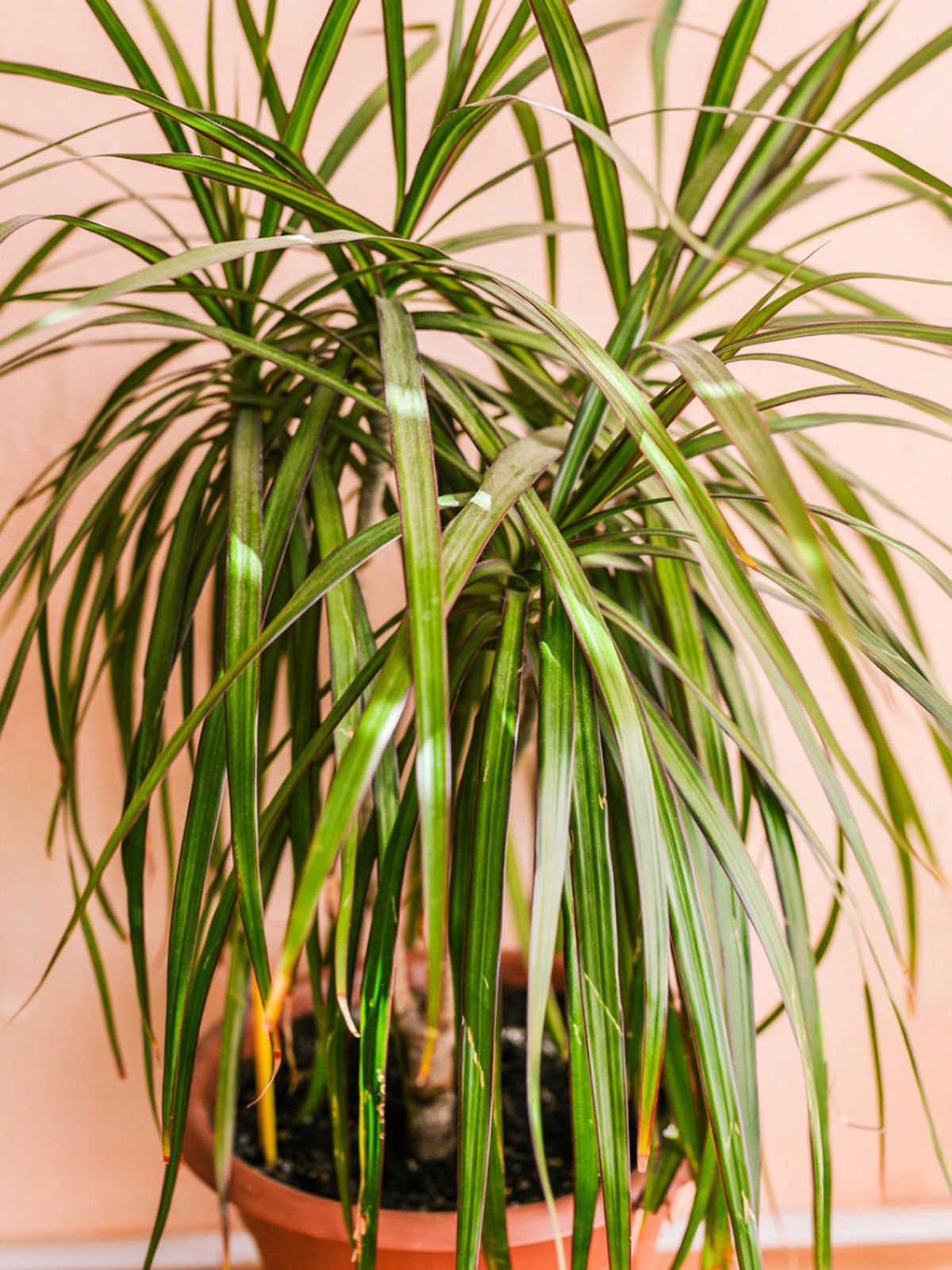 What Leaves Are Narrow: Learn About Plants With Long, Thin Leaves
What Leaves Are Narrow: Learn About Plants With Long, Thin LeavesIf you’ve ever wondered why some plants have thick, fat leaves and some have leaves that are long and thin, you’re not alone. Scientists have asked these very same questions. So what plant leaves are narrow and what purpose do skinny leaves on plants have? Find out here.
By Amy Grant
-
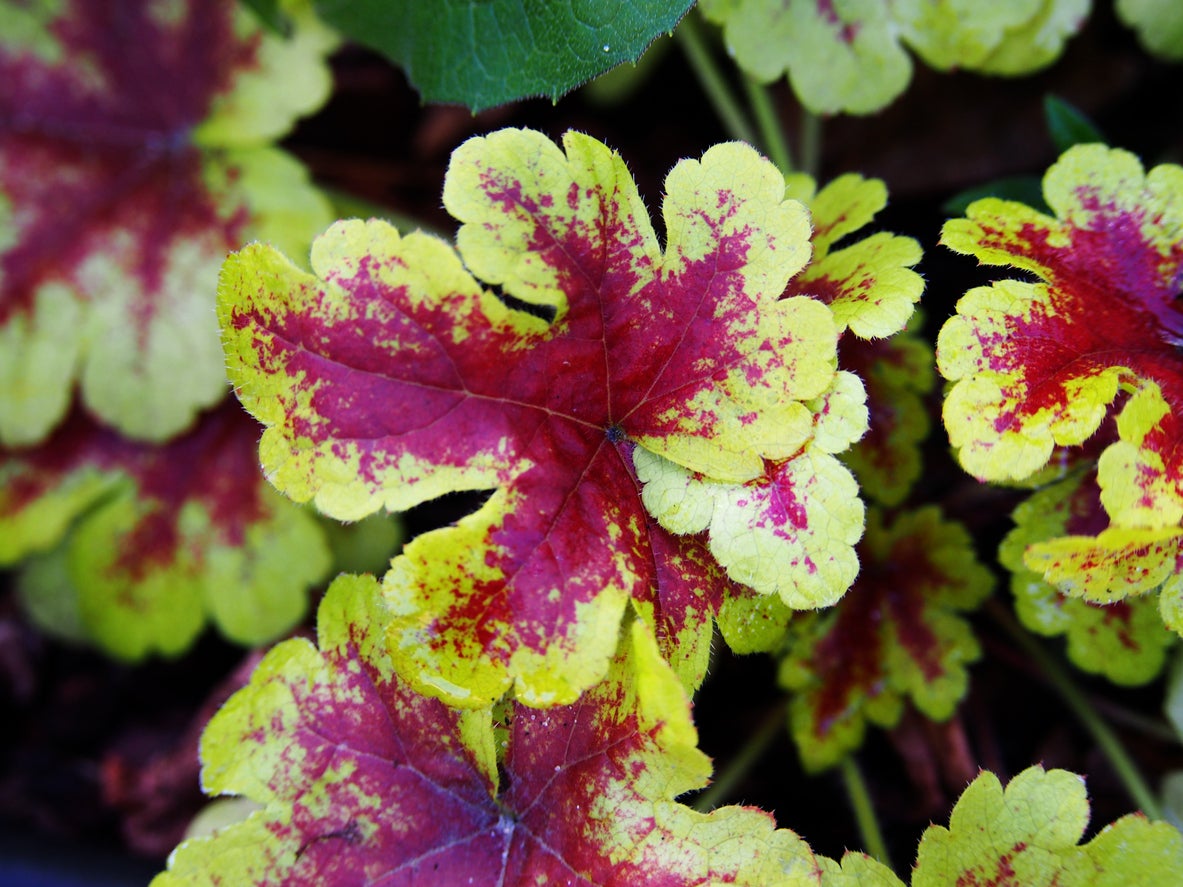 Common Red Leafed Plants: Growing Plants With Red Foliage
Common Red Leafed Plants: Growing Plants With Red FoliageAre you looking to add an intensity and pop of color to your garden? Look no further than plants with red foliage. Coming in a variety of shapes and sizes, you’ll have plenty to choose from. For ideas on red foliage plants to test out in your garden plans, click here.
By Bonnie L. Grant